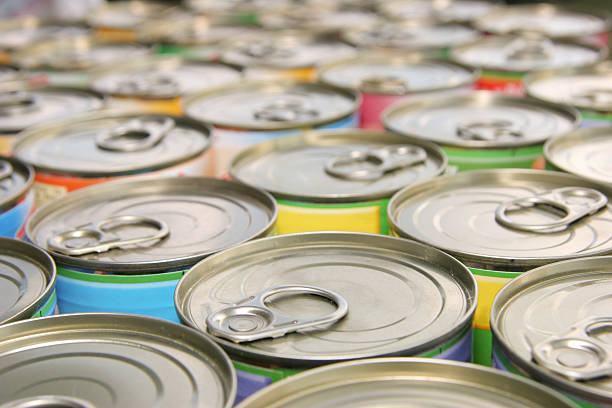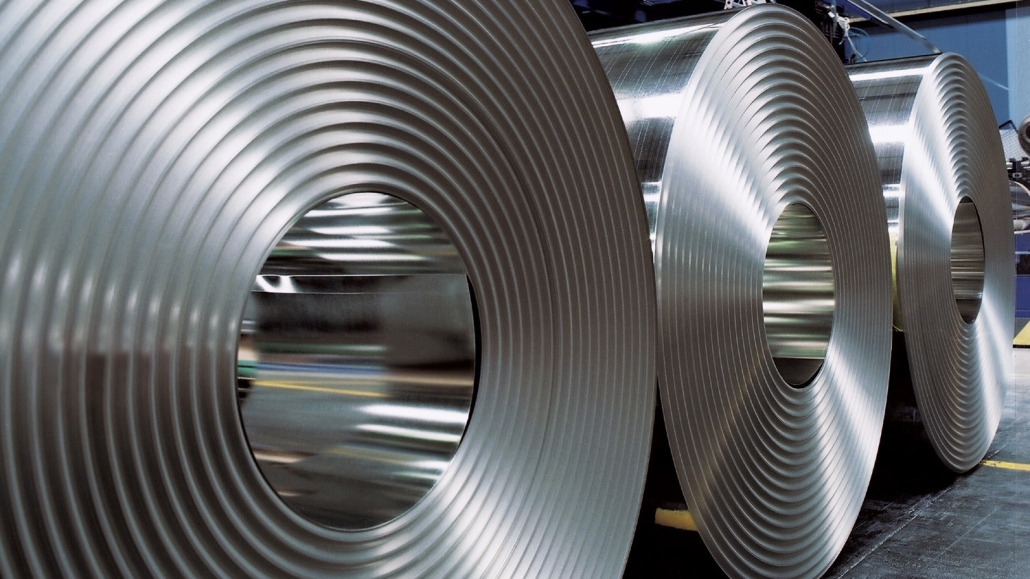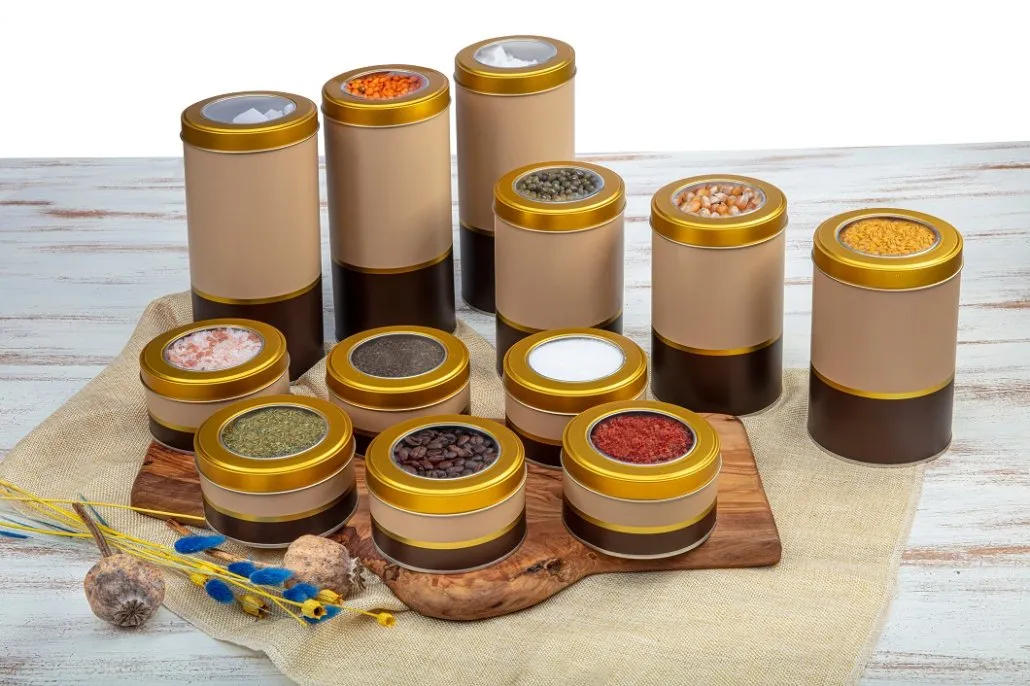How to choose between easy-open lid and screw cap when designing tin cans?
When designing tin cans, how do you choose between an easy-open end and a screw cap? When single-use, tamper-evident properties, and a low-cost, high-throughput closure are primary considerations, an easy-open end with a ring-pull cap is advantageous. Where resealability, a premium feel, and reusability are crucial, a screw cap is preferred. However, the right choice depends on the product’s moisture sensitivity, oil content, expected shelf life, price point, volume, and user preferences.
Functional Requirements, Product Use Cases, and User Experience of Tin Cans
When choosing between an easy-open end and a screw cap for a tin can, first consider user needs and the product’s usage environment. Three fundamental questions to consider are: Will consumers open and reclose the container? Will the product be distributed in batches? And in which retail and distribution channels can they be sold?
Easy-open ends are suitable for single-serving foods and beverages (ring-pull cans) and products that require immediate access and have a lower unit cost. Advantages include fast, high-speed automated filling and lightweight can components, which reduce shipping costs. For can designs targeting institutional buyers or convenience channels, easy-open ends can maximize yields and minimize waste. They typically do not require resealing. Screw caps are suitable for applications requiring repeated use, such as loose-leaf tea, coffee, biscuits, candles, and premium candies. They offer resealability, improved dispensing control, and a premium tactile experience, enhancing gifting and retail positioning.
Structure, Sealing Performance, and Material Influence of Tin Cans
The mechanical and material differences between easy-open ends and screw caps help define their performance ranges. Both closure types are suitable for metal tins, but their construction and sealing methods vary significantly. Easy-open ends are stamped from tinplate or aluminum and typically incorporate a scored tear line and either an integrated pull tab or a fixed pull tab. For beverage cans, the lid is either seamed or seamlessly joined to the can body. For larger food tins, a double-seamed lid is often used, followed by a hermetic seal achieved through crimping and heat treatment. Easy-open ends are designed for predictable rupture force and reliable residue retention after opening.
Screw caps consist of a threaded neck and often include a liner to provide an airtight or aroma barrier. Metal screw caps must be precisely dimensioned to prevent cross-threading. For thin metal cans, the geometry of the cap can affect torque and seal performance. Screw caps offer mechanical resealability, but their barrier properties rely on the compressibility of the liner and the flatness of the cap. If true hermeticity is required to extend shelf life, an induction-sealed foil can be used underneath the screw cap, or an inner seal can be applied after filling. Furthermore, tinplate can reduce permeation and offer excellent printability, while aluminum can reduce weight. For custom tin orders, the type of inner coating and liner must be specified.
Differences in Manufacturing, Tooling, and Cost
Easy-open caps are suitable for high-speed automated production lines. Cap punching tools and sealing rollers are highly specialized, but for commodity tin cans, you typically purchase caps in standard sizes. Tooling for can bodies and caps can be reused in high-volume production, reducing unit costs during scaled-up production. Standard caps offer shorter lead times, while custom cap designs require new tooling and longer lead times.
From a tooling perspective, screw cap systems may be simpler for small-batch production: you can use standard-sized caps and custom-print your branding on the cap or bottle. However, if you require custom lug threads, precision seams on threaded necks, or unique integrated hinge mechanisms, tooling costs will increase. For very large production runs, easy-open caps generally offer the lowest unit cost. For niche, premium products or multi-use packaging, where resealability is key to enhancing consumer value, the higher unit cost of screw caps is justified.
Differences in tin cans packaging performance
Packaging performance is key to selection. Screw caps are resealable and, when used with liners, offer relatively good aroma retention and moisture barrier properties. For products consumed over extended periods, such as tea, coffee, and candy, screw caps are the preferred choice. For tin cans requiring high aroma retention, a liner material with suitable sealing properties should be specified; EVOH or multilayer PE with an EVOH barrier layer is a common choice.
Easy-open caps with hermetically sealed seals offer excellent long-term shelf life and are retort/pasteurization-compatible. For canned goods requiring heat treatment, easy-open lids are the industry standard. Avoid relying solely on screw caps to achieve extended retort-grade shelf life. Regarding tamper-evident and regulatory compliance, easy-open lids incorporate tamper-evident features and meet multiple consumer safety regulations. Screw caps can also incorporate tamper-evident bands, induction seals, or shrink bands to provide equivalent proof of integrity.
Choose Based on the Right Needs
Determine requirements such as single-use or reusable, retort/pasteurization requirements, odor sensitivity, and dispensing requirements. The best lid is one that combines product functionality with manufacturing practicality and consumer expectations. When sealing and high-speed filling are primary considerations, easy-open lids prevail. When resealability, a premium feel, and repeated use are crucial, screw caps are more suitable.





 Facebook
Facebook Twitter
Twitter Linkedin
Linkedin
